This Icelandic road trip itinerary covers all of the most popular Icelandic destinations including the Blue Lagoon, the Golden Circle and the capital city of Reykjavik for the perfect 5 days in Iceland. It also features some less well-known but perhaps even more magical places like the Glacier Lagoon and Reynisfjara Beach.
Iceland is full of natural wonders spread right across the country so it’s the ideal place for a road trip. If you’re unable to drive, tour bus excursions are an option but driving tends to work out cheaper, especially if you’re travelling in a couple or small group. It also gives you the freedom to travel at your own pace.
This post contains affiliate links, meaning I may get a small commission but at no extra cost to you.
5 Days in Iceland Itinerary
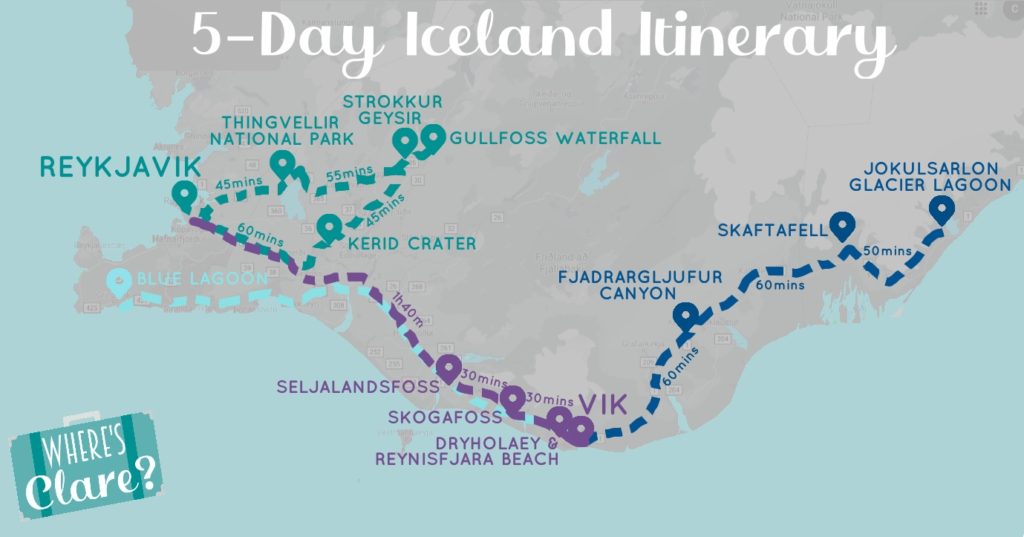
Day 1: Reykjavik & the Northern Lights
As the capital city of Iceland, Reykjavik is a natural starting point and a great place to base yourself if you don’t want to move around too much as there are plenty of tours and excursions leaving from the city.
Downtown Reykjavik is a great place to wander around, the streets are filled with bold colourful houses standing out agains the snow. There’s something to catch your eye wherever you look.
Some of the main sights to see are the Sun Voyager sculpture and Hallgrimskirkja church.
Hallgrimskirkja Church
Hallgrimskirkja Church is one of the most iconic landmarks in Reykjavik. The church’s tower is one of the tallest structures in Iceland at 75 metres tall. You can visit the top of the tower for stunning views over Reykjavik. Entry to the tower costs 1000 ISK (approximately £6 or €7), but entry to the church itself is free. I’d recommend wondering past the church at night as well to see it illuminated in different coloured beams of lights.
Sun Voyager
The Sun Voyager is a spectacular steel structure on the North Coast of Reykjavik. It is inspired by ancient viking ships and almost looks as though it is made of whale bones. The statue has a beautiful view over the ocean and the distant mountains.
Northern Lights
The Northern Lights or Aurora Borealis is one of the main attractions of Iceland but also one you’re not guaranteed. Visiting in Winter gives you the best chance – we went in February and saw them on our first night! I’d recommend downloading an Aurora tracking app that tells you how strong the lights are expected to be where you are.
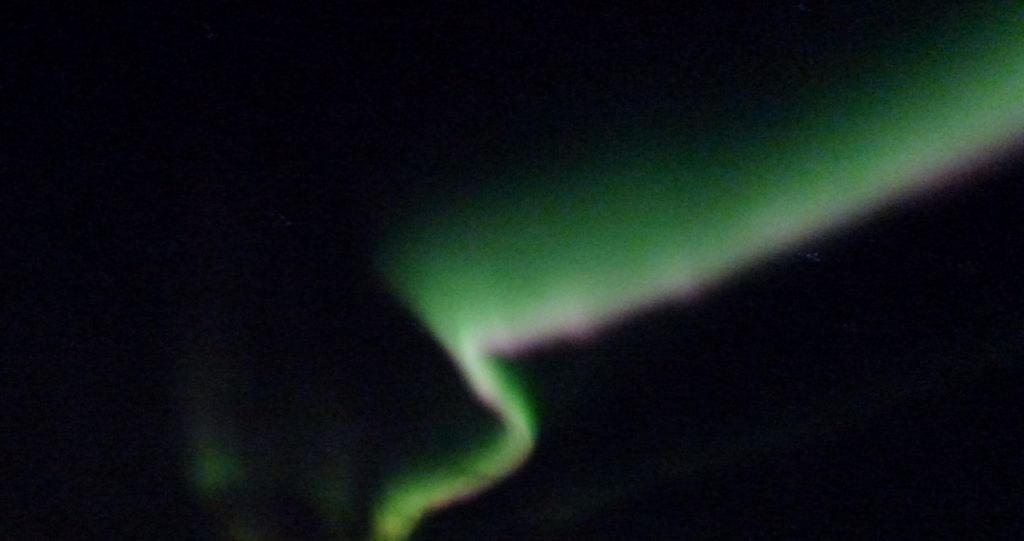
If you have a night in Reyjavik when the Northern Lights are strong, one of the best places to view them is just a short drive outside of the city. Head towards Grotta Island Lighthouse, you won’t actually be able to drive onto the island but you can park up there and take in the views. Even though it isn’t far from the city, its dark enough to see the aurora – just remember to turn your car headlights off!
If you want to go a little further out to find complete darkness, there are excursions leaving from Reykjavik that allow you to watch the lights from the woods. However, these can be pricey and you are of course restricted to their schedule. Double check before booking what guarantees the tour company offers. They obviously cannot guarantee that you will see the lights but they might offer you a free spot for another night if the first trip doesn’t work out.
Day 2: The Golden Circle
The Golden Circle features some of Iceland’s most popular natural attractions, all close enough to one another that you can visit them all in a day. If visiting in winter, check what time the sun comes up and aim to arrive at the first stop just after sunrise. Winter days are very short in Iceland, so make sure you make the most of the day light hours.
Thingvellir National Park
The first stop is Thingvellir National Park, you could spend all day wondering around the park if you wanted to but most people just stay for an hour or two so you can fit in all the sights in one day. Entry is free but there is a small parking charge – 750 ISK for a car (approximately £4 or €5). Keep your eyes peeled for the sight of the oldest parliament in the world – its fairly easy to miss! The park has also been used for scenes in Game of Thrones, most notably the fight scene between the Hound and Brienne of Tarth.
Lake Þingvallavatn is a big feature of Thingvellir. The volcanic soil and lava around the lake has caused it to be rich in minerals leading to a high biodiversity of life in the lake. You can go fishing and snorkelling in the lake. If water-based activities aren’t your thing you could explore the park by horseback or try one of the many hiking trails.
Distance from Reykjavik: 43 minutes, 47km / 30miles
Strokkur Geysir
From Thingvellir, it is about an hour’s drive to Strokkur Geysir. This geyser erupts regularly, so you shouldn’t have to wait more than 10 minutes to see it in action.
The water that erupts from the geyser is supplied by water melting from the Langjökull glacier. This same glacier provides water for many of the fresh water pools in Thingvellir National Park. The water flows just underground and for the geyser, it collects in a little basin that also has an opening to the surface. Magma is hot enough and close enough to the surface around the geyser that it can boil water. So when water collects in this spot it begins to boil until the pressure forces an eruption of water and steam out of the geyser. This can reach heights of 15-20 metres (50-66 feet) When the water settles, the cycle repeats just like someone constantly boiling a kettle.
Distance from Thingvellir: 55 minutes, 60km / 37miles
Gullfoss Waterfall
Just 10 minutes down the road, you’ll find Gullfoss waterfall. This enormous waterfall has been a tourist destination since the 1800s – and for good reason! We ended up seeing quite a few waterfalls on our tour of Iceland but this was by far the most spectacular. Gullfoss is actually made up of two falls, one after the other. It is very loud as 140,000 litres of water rushes along it every second. Be prepared to get a little wet from the spray if you get too close as well!
Gullfoss has an interesting history too. It used to be owned by a farmer who leased the land to an Englishman in 1907. This man wanted to construct a hydroelectric plant to profit from this natural energy resource. The farmer’s daughter, Sigríður Tómasdóttir, fought to protect the waterfall and stop the Englishman’s plans from progressing. After battling for 20 years, the investors pulled out due to the high costs involved and Gullfoss has been protected ever since. There is now a stone monument dedicated to Sigríður above the waterfall.
Distance from Strokkur: 10 minutes, 10km / 6miles
Kerid Crater
Lastly, on the way back to Reykjavik, make a stop at Kerid Crater. This is not always included as part of the Golden Circle, but if you have the time, its well worth a visit. The crater was formed by a collapsed cone volcano and now features a large pool or water (or ice, depending on the season). Although you have to pay a small fee to gain access, you can walk down into the crater and even across it when its frozen! The entrance cost is 400 ISK (approximately £2 or €3).
Distance from Gullfoss: 45 minutes, 56km / 35 miles
Day 3: Road to Vik
The next portion of the trip involves a two-night stay in a town called Vik on the southern coast. Take your time getting there as there is plenty to see on the way. If you are visiting in winter, again I recommend checking what time the sunrise is. Time your journey to arrive at the first stop, Seljalandsfoss just as the sun comes up so you can make the most of the limited daylight hours.
Seljalandsfoss
The first stop – Seljalandsfoss – a 60 metre (200 foot) waterfall. Although not quite the same scale as Gullfoss, you can get much closer to this waterfall. Plus there is a series of narrow waterfalls along the cliff a little walk up. The last waterfall you come to – Gljúfrabúi – is hidden within a cave, which you can enter following a few stepping stones. Just don’t expect to come out completely dry! Its definitely worth trying to peak inside if you can, it has a fairly tale, secluded feel to the inside of the cavern as you may well be the only people in there. Although Seljalandsfoss is a popular attraction in a Iceland, far fewer tourists take the short walk down to Gljúfrabúi and enter the cave, so it really is a hidden gem!
Distance from Reykjavik: 1 hour 44 minutes, 128km / 80 miles
Skogafoss
Next up – another waterfall. Skogafoss is 30 mins along from Seljalandsfoss. It is around the same height of Seljalandsfoss but much wider. If you visit on a sunny day, you may be able to see a partial rainbow against the water. You have the option to climb up 60 metres worth of steps to view waterfall from above, from there you can also take in views of the coast.
You might recognise Skogafoss from various TV shows and films. It has been featured in Thor: The Dark World and series 8 of Game of Thrones.
Distance from Seljalandsfoss: 27 minutes, 30km / 19 miles
Dyrholaey
Another half an hour will take you to Dyrholaey. Whilst offering a fantastic view, the winding road up to it, makes for a fairly treacherous drive. If you aren’t a confident driver, this may not be for you. That being said, we made it up in a Hyundai i10!
Dyrholaey is a striking cliff formation of an archway eroded into the rock. From the top, you can see cross Reynisfjara, the black sand beach. There is also a lighthouse at the top of the cliff. During the summer months puffins nest on the cliff so access is often restricted during May and June.
Distance from Skogafoss: 28 minutes, 28km / 17 miles
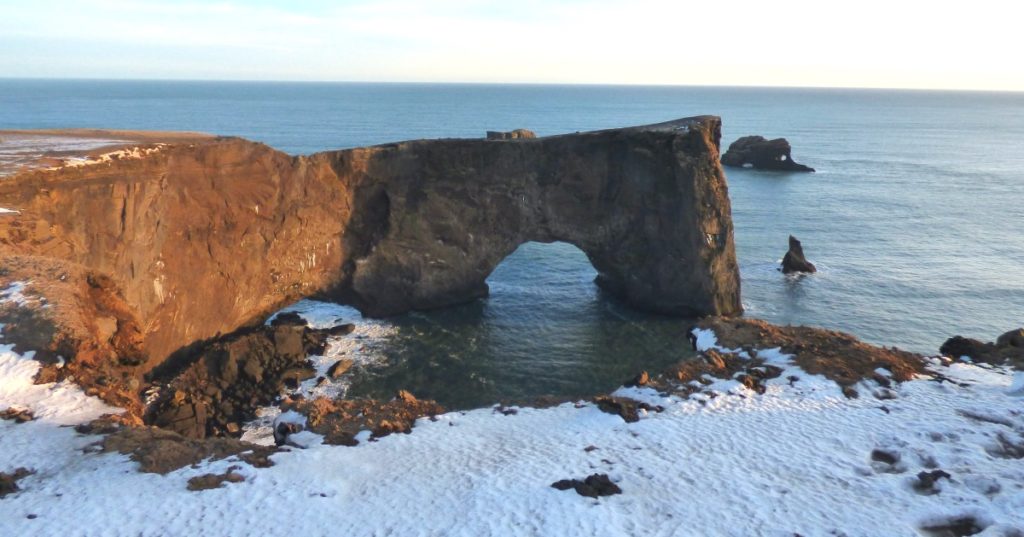
Reynisfjara Beach
From Dyrholaey, you’ll be able to see our next stop – Reynisfjara beach. Famed for its black sands, the beach also features basalt stacks, similar to the Giant’s Causeway. Just like the Irish have mythical stories for the formation of the Giant’s Causway, Icelandic people have their own story for the rocks on Reynisfjara. Instead of giants, their story features trolls. Legend has it that trolls along the beach tried to pull ships to shore. Then when the sun began to rise, the trolls were all frozen and turned to stone, creating the huge stone columns we see today.
In reality, the hexagonal columns were formed in the same process that shaped the Giant’s Causeway – rapidly cooling lava. The black sand is also a result of volcanic action. When hot lava reaches the icy cold water, it cools so rapidly that it quickly fragments into the shards of sand.
Distance from Dryholaey: 22 minutes, 19km / 12 miles
Where to Stay in Vik
Vik is a fairly small town compared to the capital, Reykjavik. However, it is still a fairly popular spot for tourists to there are quite a few hotels to chose from. We stayed in Puffin Hotel which I highly recommend – especially if you’re travelling on a budget. It was super cheap, I think maybe even the cheapest accommodation in Vik but so we weren’t expecting much. But the room and facilities were all really nice. It was in the centre of town and had parking.
If you’re looking for something a little more modern and luxurious try Hotel Vik or Hotel Kria.
Iceland Travel Posters
Day 4: Glacier Lagoon & Skaftafell
Heading west from Vik leads to the Glacier Lagoon – one of my favourite places in Iceland. There are two main stops along the way, I’d recommend visiting one on the way there and the other on the way back to break up the drive.
Fjadragljufur Canyon
The first stop is an hour outside of Vik – Fjadragljufur Canyon, a 100 metre deep canyon formed during the last ice age.
Distance from Vik: 55 minutes, 70km / 44 miles
Skaftafell National Park
The second stop is Skaftafell National Park where you can find numerous hiking trails. The park is much quieter than sights on the Golden Circle, but just as scenic!
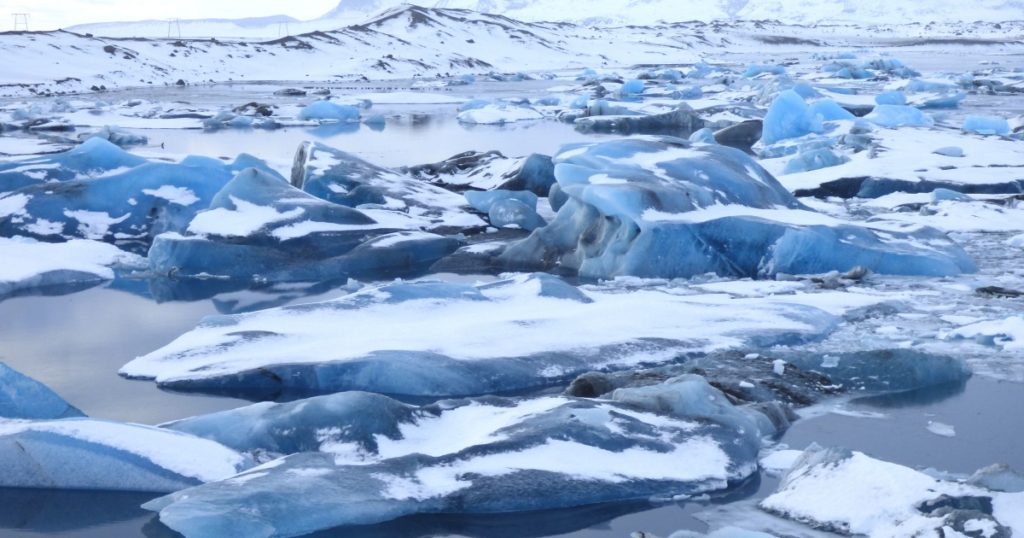
Glacier Lagoon (Jokulsarlon)
Finally, the furthest point on this Iceland Road Trip is Jokulsarlon – the Glacier Lagoon. Icebergs that break from away from the glacier flow into the lagoon and eventually float out to sea. Some then wash ashore on Diamond Beach, just a short walk from the lagoon.
Day 5: Blue Lagoon
The Blue Lagoon is Iceland’s most famous hot spring but it is by no means the only one. The volcanic activity of Iceland means there are natural hot springs all over the island. The Blue Lagoon itself isn’t 100% natural, it has been hugely extended and was actually initially formed as waste from a nearby geothermal energy plant.
Things to know before you visit the Blue Lagoon:
- Booking in advance is essential. Lots of people visit the lagoon on their way to or from the airport as its in that direction so plan ahead to get your timings right
- It is expensive
- You’re stuck to your slot, whatever the weather. A friend of mine went to the Blue Lagoon literally an hour before I did and got caught in a hail storm and there isn’t many places to hide!
- It smells like rotten eggs – this is caused by the sulphur in the water.
- The silica in the water can make your hair very stiff, so try not to get it in the water and make sure you use the conditioner given before and after.
I enjoyed my experience there (especially after it stopped raining!) and it does feel like a must-try once-in-a-lifetime type experience. I felt a little let down by the fact that it is expensive and not all that unique, Iceland does have other hot springs which are more natural but maybe harder to find. The Blue Lagoon can feel a little too commercialised.
This Iceland trip is definitely one my of favourites that I’ve done. It’s a beautiful country and I’m sure it won’t disappoint – just remember to wrap up warm!

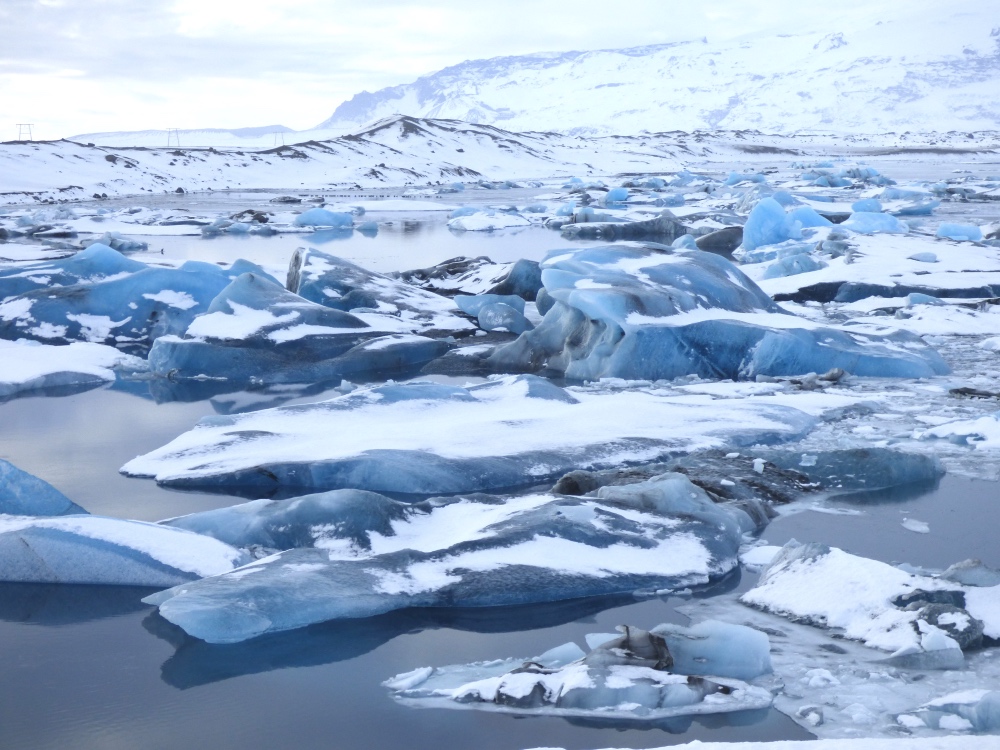
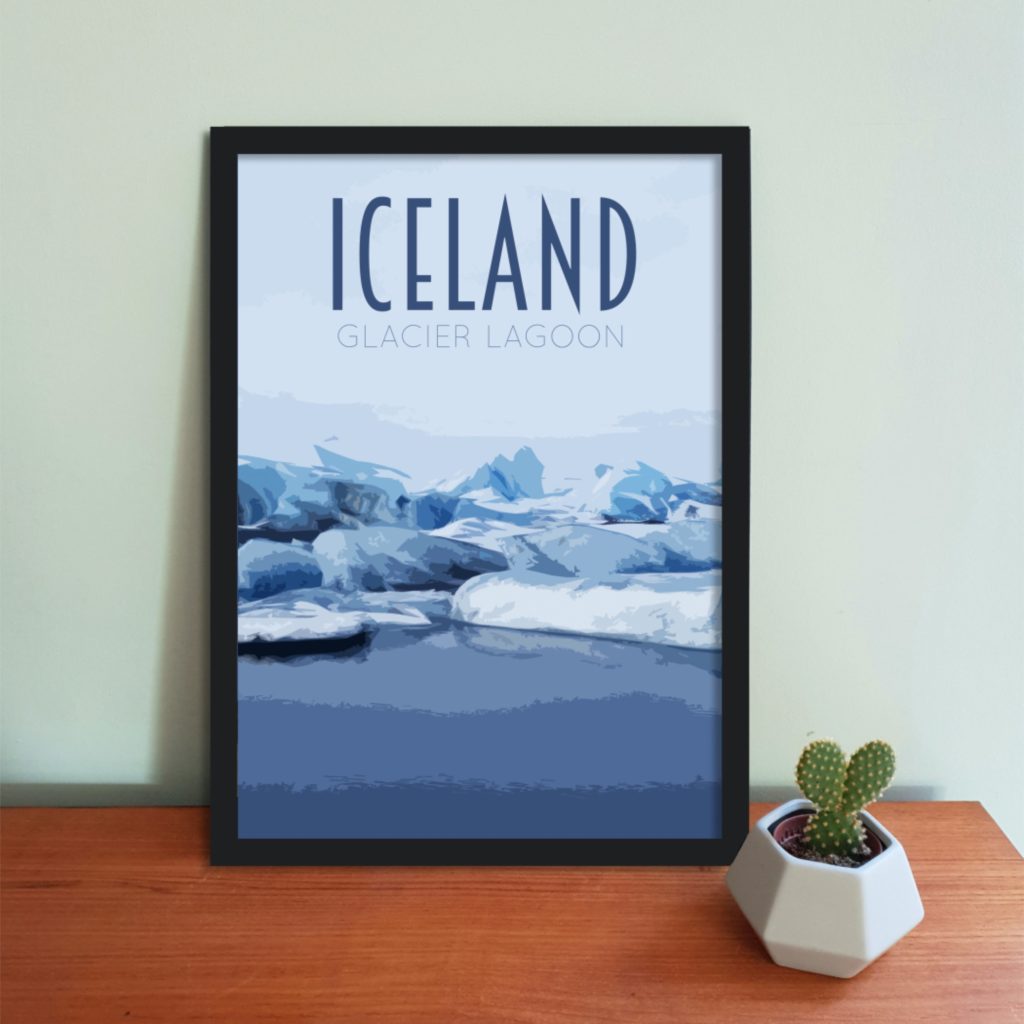
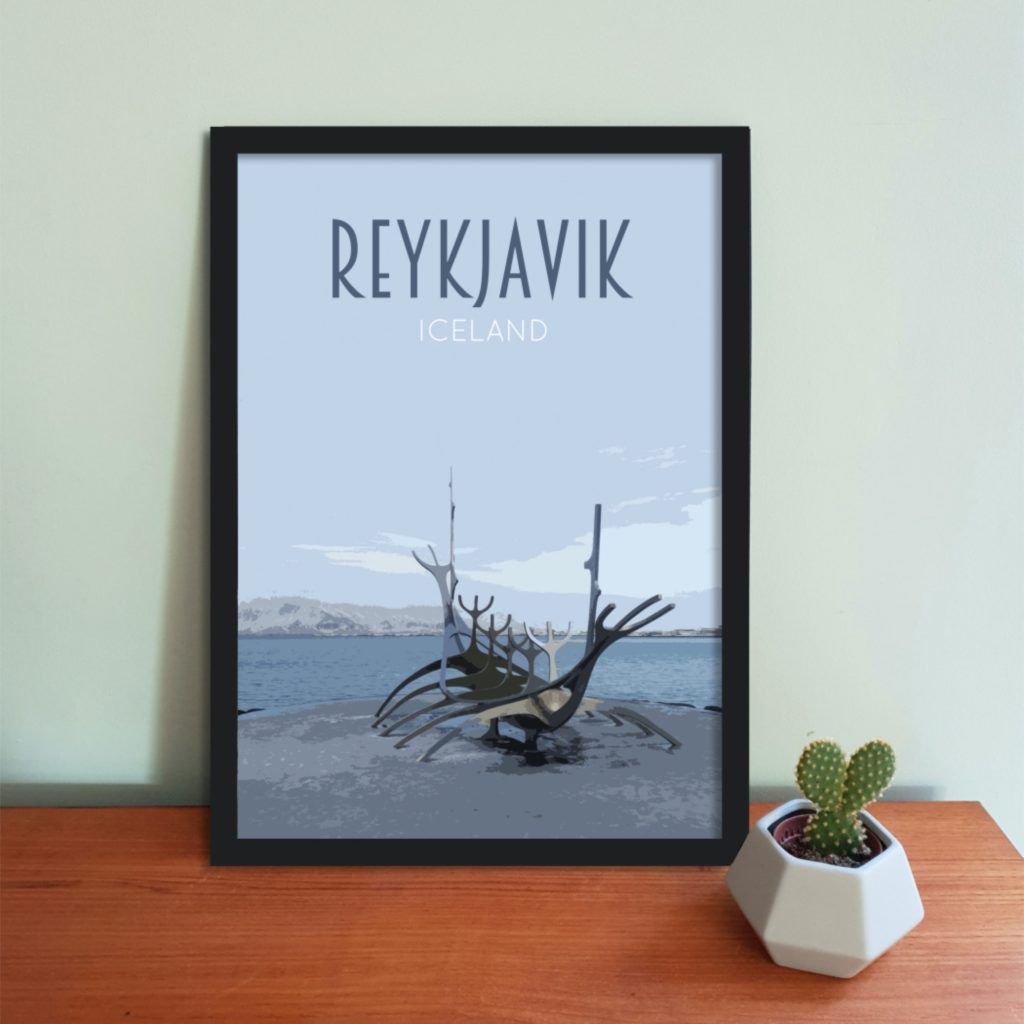
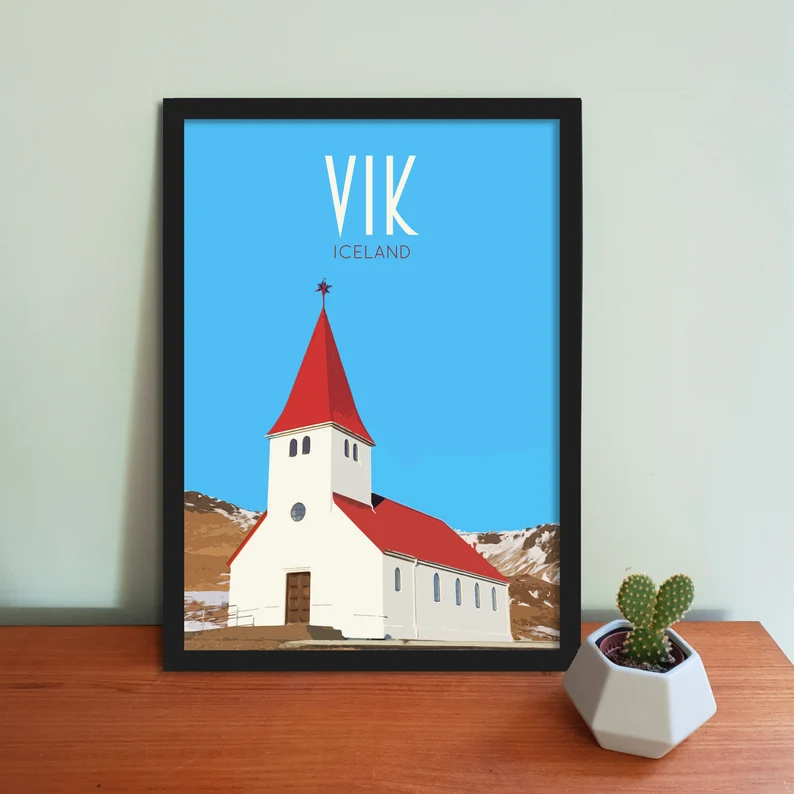
1 thought on “5 Days in Iceland: Road Trip Itinerary”